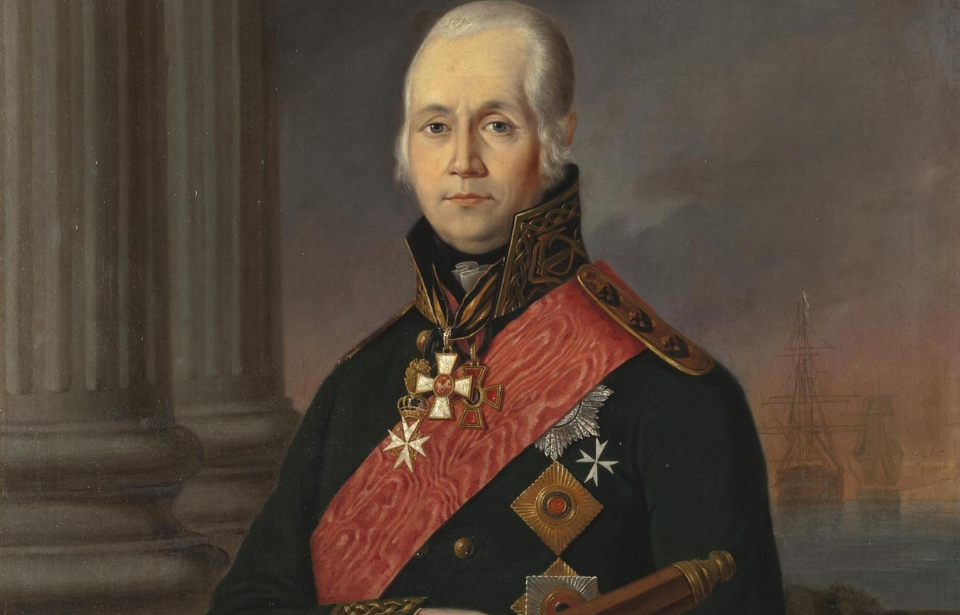Naval power has long been a feature of the world’s most powerful militaries. During the 18th and 19th centuries, the Russians had an important advantage at sea in Fyodor Ushakov. Known for having won every naval engagement he participated in as Admiral of the Russian fleet, he was so adept at his job that he was eventually canonized by the Orthodox Church.
Fyodor Ushakov’s entry into the Russian Navy
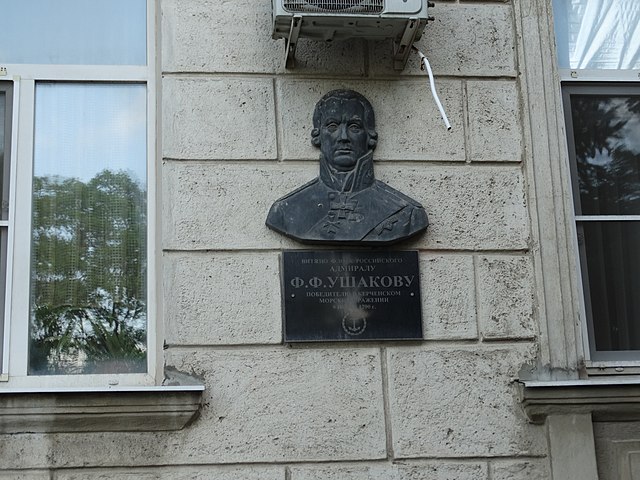
Fyodor Ushakov was born in the village of Burnakovo, Yaroslavl gubernia on February 24, 1745. His family was of minor nobility, and his father was a veteran of the Preobrazhensky Life-Guards Regiment of the Imperial Guard of the Imperial Russian Army.
Days before his 16th birthday, Ushakov enlisted in the Russian Navy. Following his training, he was sent to the Baltic Sea. He first saw action during the 1768-74 Russo-Turkish War with the Don Flotilla in Taganrog. He quickly showed his prowess as a leader and was tasked with commanding Catherine the Great‘s yacht. Following this, he was given the responsibility of protecting merchant ships in the Mediterranean during the First League of Armed Neutrality.
Second Russo-Turkish War
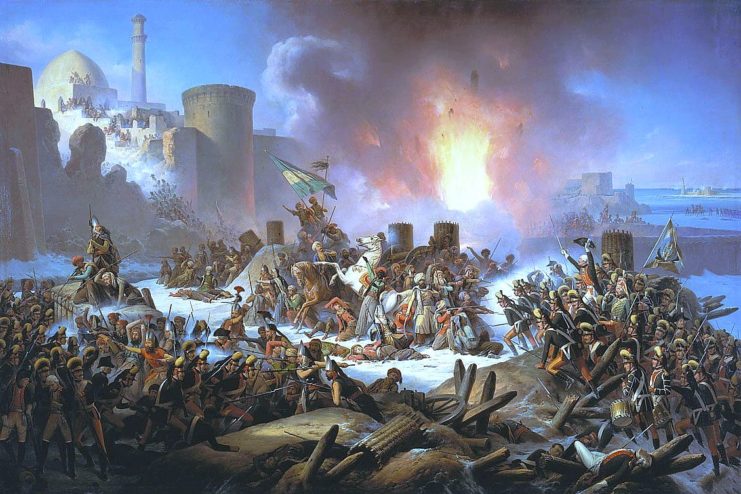
In 1787, the Second Russo-Turkish War began, as the Ottoman Empire was eager to win back the land it had lost in the previous conflict. Prior to the war, Fyodor Ushakov had been tasked with building docks in Kherson and a naval base at Sevastapol.
Ushakov was victorious in a number of important battles during the Second Russo-Turkish War. The first of these was the Battle of Fidonisi, which took place near Snake Island. The Russians were next led to victory by him during battles of Kerch Strait and Tendra, the latter of which occurred in the Black Sea. Ushakov also secured a win at the Battle of Cape Kaliakra, the last naval engagement of the war. The Russian fleet won the engagement, despite having significantly fewer frigates and guns than the Ottomans.
Fyodor Ushakov’s tactics differentiated him from other commanders
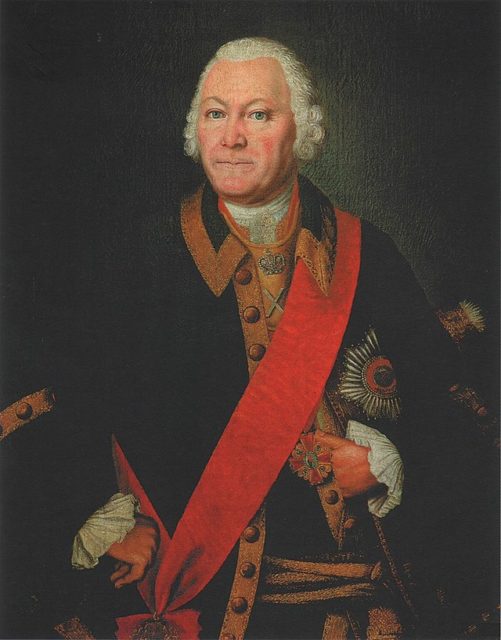
Fyodor Ushakov was an incredibly talented strategist who turned traditional methods of sea warfare on their head. During the late 18th century, ships typically fought in what was called “line-of-battle,” forming a line opposite the enemy and firing at each other until one fleet proved superior. While the tactic had its advantages, such as lessening the chance of friendly fire, it often led to stalemates between equally powerful navies.
Ushakov wasn’t interested in conducting warfare this way. Instead, he had his vessels maneuver around enemy ships, with the target being the opponent’s flagship. Flagships typically appeared on the same line as less important vessels, but not for Ushakov. He held his back, though it would appear whenever a battle’s decisive moment came about.
Ushakov’s unique methods caused the enemy to react erratically and made it easier for his fleet to come out on top.
Fyodor Ushakov never lost a naval engagement
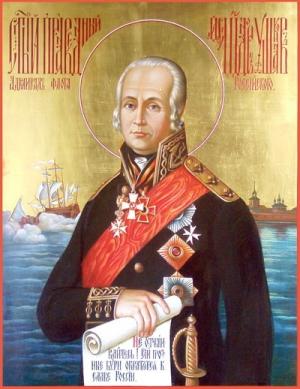
In 1798, Fyodor Ushakov was promoted to the rank of admiral. In the estimated 43 battles in which he served as commander, he never lost a ship and remained undefeated. However, his success wasn’t immediately recognized. Ushakov felt Emperor Alexander I failed to pay him proper deference and, in 1807, resigned from his position and turned down all future overtures to return. He instead retired to the Sanaksaer Monastery of the Nativity of the Mother of God.
Ushakov later wrote, “Thanks be to God, in all the aforementioned battles with the enemy and while the fleet was under my command at sea, through God’s will, not a single ship was lost and not a single serviceman was taken prisoner by the enemy.”
Entry into sainthood
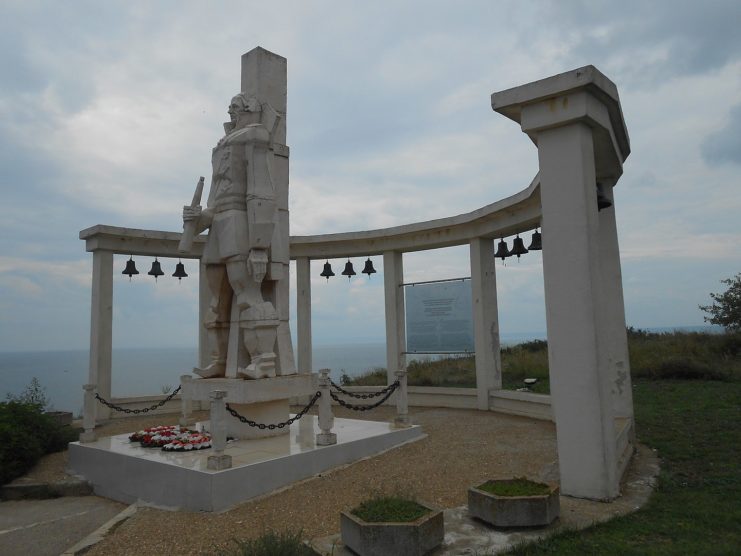
Fyodor Ushakov has long remained a revered figure in Russia. In addition to having a number of ships named for him, his name also appears on the Baltic Naval Institute in Kaliningrad. In 1944, the Soviet Union created the Order of Ushakov, given to naval officers who’ve won battles against enemies of larger numbers. Russia has continued to give out the award following the collapse of the USSR, and it’s one of the highest honors offered by the country.
More from us: Prince Henry of Prussia Was Almost a Monarch of the United States
In August 2001, the Russian Orthodox Church made Ushakov a saint and the patron of the Russian Navy. He’s buried at the Sanaksaer Monastery. In 2005, the revered naval figure was made the patron saint of Russian nuclear-armed strategic bombers, and feasts for him are celebrated on October 2, July 23 and May 23 each year.
